Weight-Bearing Exercise
What is a Weight-Bearing Exercise?
Weight-bearing exercises, also known as resistance or strength training, are a cornerstone of physical fitness. Unlike cardiovascular exercises like walking or cycling, which primarily focus on improving cardiovascular health and burning calories, weight-bearing exercises target muscular strength, endurance, and bone density. These exercises require muscles to work against resistance, be it your body weight, free weights, or resistance bands.
The benefits of weight-bearing exercises extend beyond just building muscle. They play a crucial role in overall health and well-being, contributing to better posture, balance, and coordination. Additionally, weight-bearing exercises are essential for maintaining bone health and preventing osteoporosis, especially as we age.
When you have osteoporosis, what are the greatest ways to strengthen your bones through exercise? To strengthen your bones, try the Weight-Bearing Exercise.
Consult your physician to ensure that the exercise program you select is safe for you. Then try out these newest styles!
Best Weight-Bearing Exercises:
Squats:
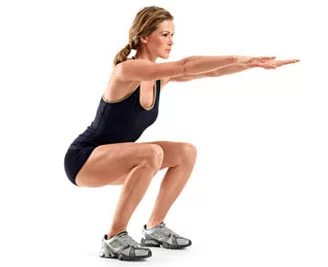
Squats are a type of compound exercise that works the quadriceps, hamstrings, and glutes among other leg muscles. Additionally, they use the core muscles to maintain balance and stability.
Goblet squats, front squats, and sumo squats are a few variations that enable you to target different muscle areas and provide some variety to your workout.
Deadlifts:
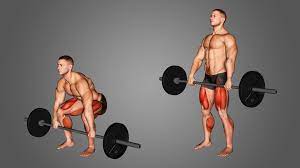
The posterior chain—which includes the lower back, glutes, hamstrings, and traps—is the main muscle group worked by deadlifts. They work wonders for increasing functional fitness and general strength.
It’s important to start with lesser weights and progressively raise the load as you gain competence since proper form is critical to preventing injury.
Push-ups:
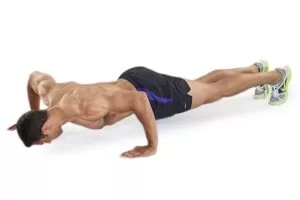
A traditional bodyweight exercise, push-ups work the triceps, core, shoulders, and chest muscles. They can be adjusted to accommodate varying levels of fitness, so beginners can participate while experts can still find them challenging. Different variations, including incline or decline push-ups, can focus on different parts of the shoulders and chest.
Lunges:
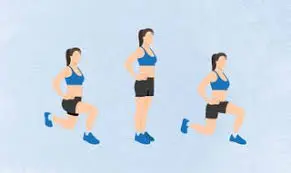
Another adaptable workout that works the muscles in the lower body, such as the quadriceps, hamstrings, and glutes, is the lunge. They also enhance balance and coordination by using the core’s stabilizing muscles. You can practice lunges using only your body weight or with additional resistance like a barbell or dumbbell.
Pull-ups/Chin-ups:
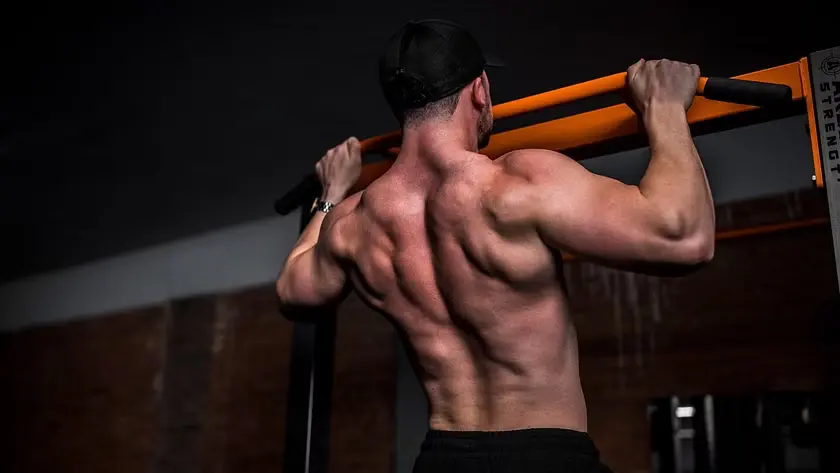
Excellent upper body workouts that focus largely on the back muscles, such as the latissimus dorsi, rhomboids, and traps, are pull-ups and chin-ups. For stability, they also use the arms and core muscles. If you can’t complete a pull-up, start with assisted versions utilizing a pull-up machine or resistance bands.
Bench Press:
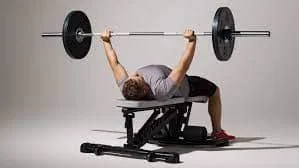
A compound exercise that works the triceps, shoulders, and chest is the bench press. Although a barbell is typically used, dumbbells or a Smith machine can also be used. It’s important to start with lesser weights and progressively raise the load as you gain proficiency since proper form is critical to preventing shoulder injuries.
Bent-over Rows:
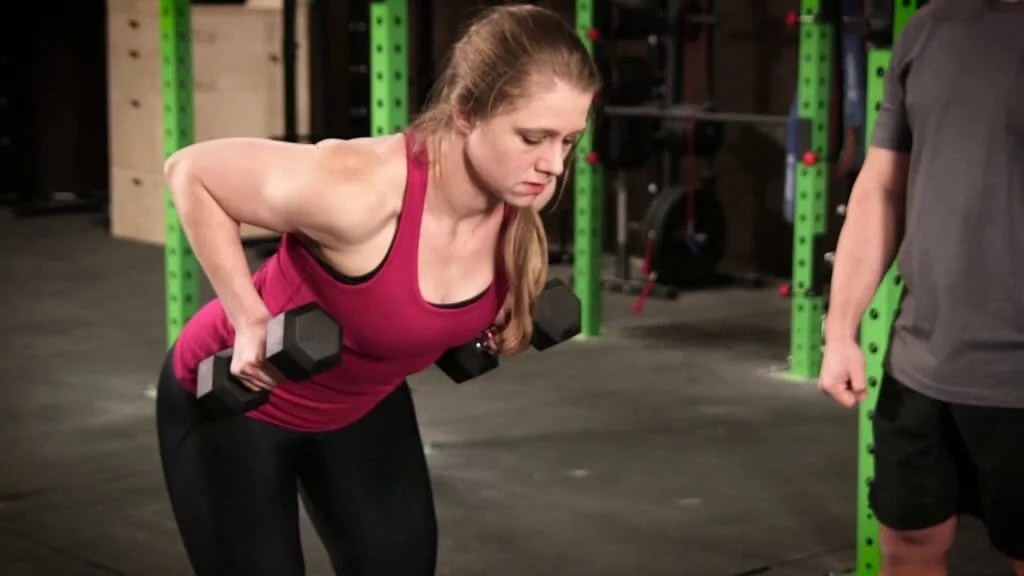
Bent-over rows work the biceps, forearms, and muscles of the upper back, such as the lats, rhomboids, and traps. They work wonders for strengthening the muscles that support the spine and for enhancing posture. You can use a barbell, dumbbells, or a cable machine to complete bent-over rows.
Tai Chi
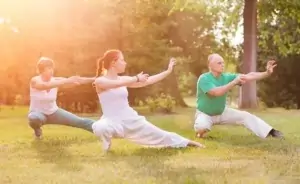
Tai chi, which consists of gentle, flowing movements, strengthens bones and improves coordination. Tai chi has been shown in a study published in Physician and Sportsmedicine to be able to decrease the loss of bone in postmenopausal women.
Bone mineral density testing showed that the women who practiced 45 minutes of tai chi daily, five days a week, for a year had a rate of bone loss that was up to 3.5 times slower than those who did not practice tai chi.
Yoga

According to a study published in Yoga Journal, women who consistently practiced yoga had higher bone mineral density in their spines. Your hips, spine, and wrists are the bones most prone to fracture. Yoga can help strengthen your bone health in these areas, from the slow, precise Iyengar style to the athletic, powerful Ashtanga.
While positions like Downward Dog target the wrists, arms, and shoulders, standing poses like Warrior I and II target the major bones of the hips and legs. The back muscles are worked in the cobra and locust poses, which may help to maintain the integrity of the spine. Additionally, yoga improves your body awareness, balance, coordination, and focus, all of which reduce the risk of falling.
Brisk Walking

This age-old exercise is a fantastic method to strengthen your bones. In comparison to walking for less than an hour a week, nurses who walked for four hours a week had a 41% lower risk of hip fractures. The ideal pace for walking is brisk, but you can adjust it to meet your current level of fitness. You can walk anywhere, at any time, even when you’re on the go, and it costs nothing.
Dancing
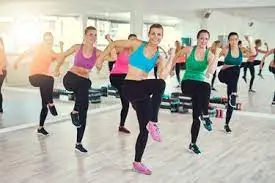
Perhaps you are a two-legged person. Not a problem! You might like social dances like the waltz, tango, salsa, samba, or East Coast swing even if you’re not Fred Astaire. Alternatively, you may enroll in a jazz or ballet class for gentle adults.
Something that gets you moving could be Zumba or another dance-inspired aerobics class at your gym. These days, many of them integrate step or dance motions with strength training, which is beneficial for your balance.
Hiking
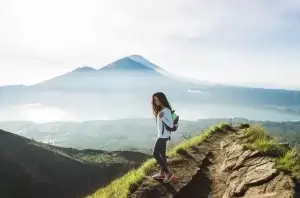
On your next hike, you’ll receive some low-impact weight-bearing exercise while you’re in the great outdoors. Particularly in your hips, the effort of bearing weight and the impact as your feet strike the ground can promote bone density. Whether you’re moving uphill or downhill, the effect on those bones will be significantly greater. Greater bone density is a result of increased impact on your legs and feet.
Furthermore, boredom is rarely a problem when hiking. Joining a hiking group allows you to explore new places and meet people.
Benefits of Weight-Bearing Exercise
These exercises have numerous benefits for overall health and well-being:
Bone Health:
Exercises involving weight-bearing build bones and lower the incidence of osteoporosis. Stress causes the body to increase bone density, which strengthens and reduces the likelihood of fractures in the bones.
Muscle Strength and Endurance:
Exercises involving weight-bearing work several muscle groups, enhancing muscular strength and endurance. Enhancing overall physical performance and functional ability in daily tasks are two benefits of this.
Joint Health:
Weight-bearing exercises enhance joint stability, flexibility, and range of motion, all of which contribute to the maintenance of joint health. This might lessen the chance of accidents and ease the symptoms of conditions like osteoarthritis.
Metabolic Health:
Exercises involving lifting weights improve insulin sensitivity and encourage fat reduction, which both improve metabolic health. Frequent engagement in these activities can lower the risk of metabolic diseases like type 2 diabetes and aid in weight management.
Cardiovascular Health:
Numerous activities that include lifting weights, like hiking, stair climbing, and running, raise heart rate and improve cardiovascular endurance. Strengthening the heart muscle, improving blood circulation, and reducing blood pressure, promote heart health.
Mental Well-being:
Weight-bearing exercise releases endorphins, which are neurotransmitters that increase happiness and lower stress and anxiety. Frequent exercise is also linked to a lower chance of depression and enhanced cognitive performance.
Balance and Coordination:
Proprioception and spatial awareness are enhanced by weight-bearing activities that test balance and coordination, such as yoga and some resistance training routines. This improves general stability and lowers the chance of falls.
Functional Fitness:
Exercises involving weight bearing are particularly useful for enhancing functional fitness since they replicate real-world actions. Better performance in everyday tasks like carrying groceries, climbing stairs, or engaging in sports is the result of this.
Longevity:
Research indicates that engaging in weight-bearing activities on a regular basis is linked to longer lifespans and a lower chance of dying young. A longer and healthier life is a result of the several advantages of increased cardiovascular fitness, muscle strength, bone health, and general well-being.
Precaution if you have Osteoporosis
If you already have Osteoporosis (bone thinning), follow these workout safety measures:
You should take caution when engaging in any activity that puts you at risk of significant falls, such as inline skating, ice skating, or downhill skiing since you have a higher fracture risk than average.
You might want to avoid doing any deep backbends in yoga if you have thinning bones in your spine.
Once more, see your doctor before beginning any new fitness regimen, particularly if you’re taking any medications that could impair your coordination or cause balance issues.
Keep patience. At its fastest, the young adult bone-building period lasts three to four months; if you have osteoporosis or are older, it may take much longer. Consequently, following your first week of exercise, no significant improvements will show up on any bone density testing. Although they change gradually, bones do change.
Ultimately, the best weight-bearing exercise is one that you enjoy and can perform safely and effectively. Incorporating a variety of exercises into your routine ensures that you target all major muscle groups and avoid plateaus in your fitness progress.
A Physical Therapist, fitness expert, or personal trainer should also be consulted if you’re new to weight-bearing workouts or have any underlying health issues.

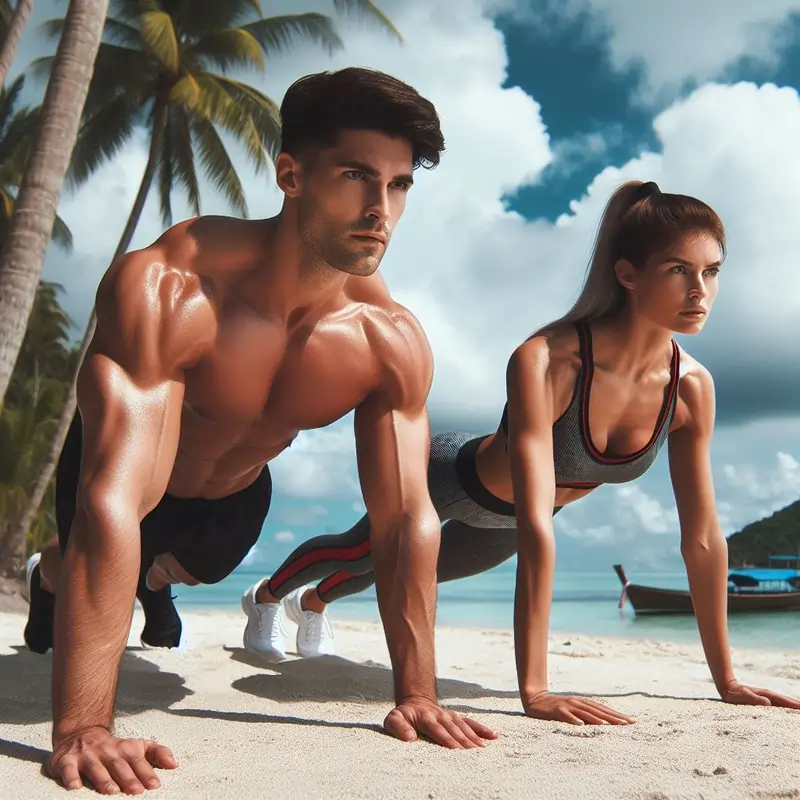

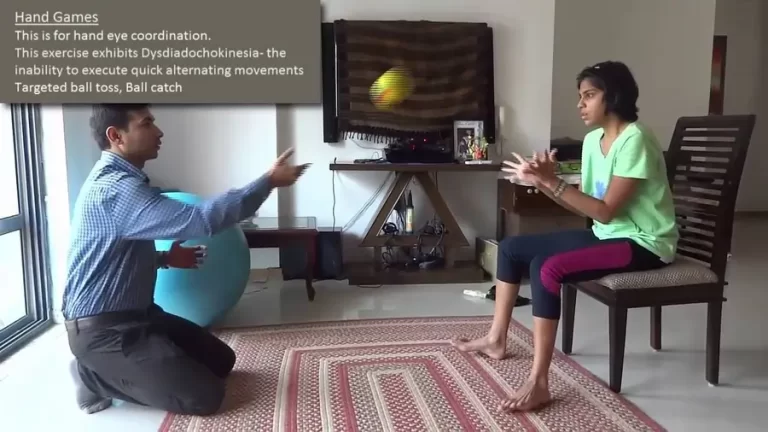
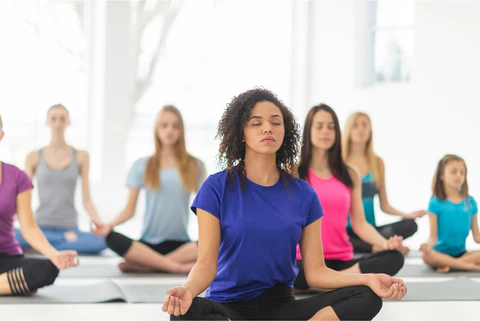
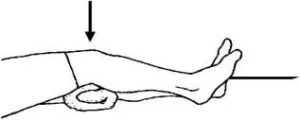
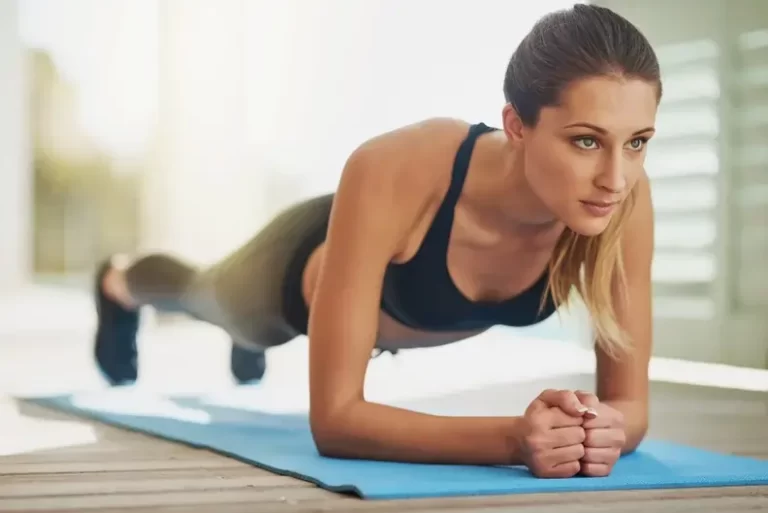
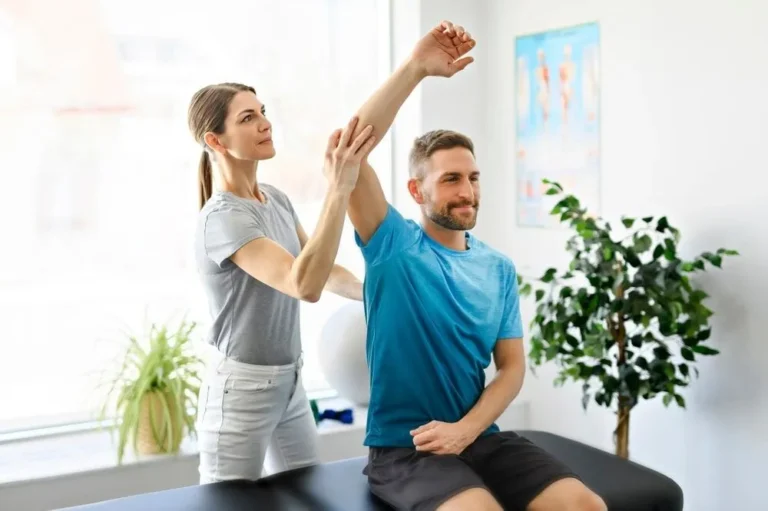
7 Comments